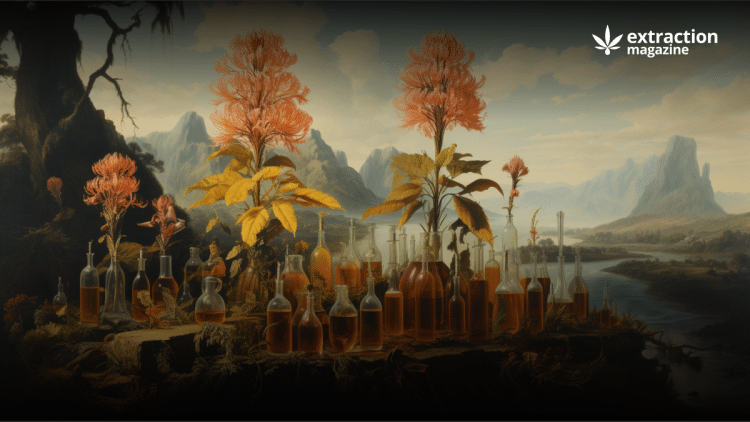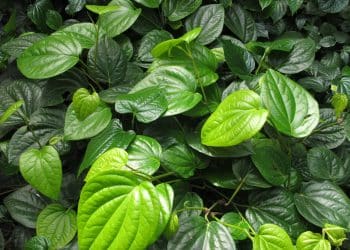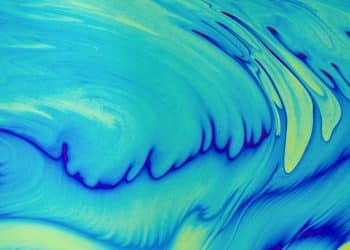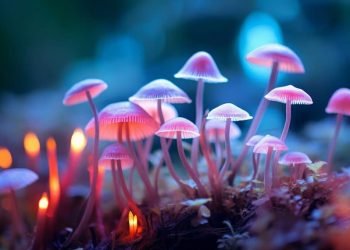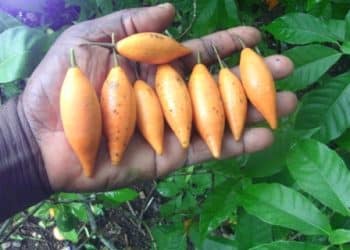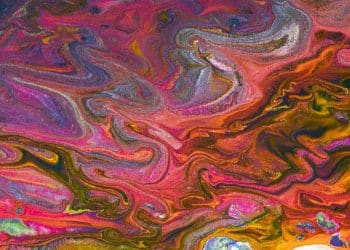Soma is one of the most curious puzzles faced by ethnobotanical scholars and researchers. Throughout history, its mystery has fascinated many authors in multiple fields of investigation, from mystical to scientific. Is it a deity itself? Is it a plant? A state of mind? Let’s make some order to figure out why it is called the food of the Gods, and why it is such a particular product of extraction.
Actor Populations
Around 3000 b.C. India looked really different from now. Many cultures and civilizations were blooming and some of them colliding led to the evolution of others. During the Bronze Age the Indian peninsula was inhabited by the Dravidas. They penetrated from the northwest and over time took place the “Indus Valley Civilisation” developing writing, urbanization and agriculture as well. Their cults were archaic, but not so obscure to us: they venerated the Mother Goddess, God Shiva, sacred trees, animals like cow and cobra, phallic and sexual symbols (as a continuation of the species) and the most important religion was Jainism. [1]
The Dravidas around 2000 b.C. met the Aryans, they came from the northwest too, but they had a very long history of migration. They were warriors, fighters, grain growers, their language was Indo-European, the Vedic tongue. Those people came from the Eurasian steppe, more precisely from the sites of the Jamna Culture (“pit grave culture”, Russian/Ukrainian); those nomads collided with the Samus peoples, living from Siberia to Scandinavia, they had different and more mystical traditions.
Shamanic Roots
The Jamna peoples had a weaker tradition than the “Russian” one, in fact their strength was not only in the body but also in the mind. It is known that those people were animistic-shamanic and used to take psychoactive or psychotropic substances to get in touch with nature and its events.
There is no reliable data on this and the only knowledge on how to use and prepare these psychedelic mixtures was only handed down orally. [2] The hypothesis concerns Amanitamuscaria L., which induces powerful visual and auditory hallucinations. It will eventually be the most popular candidate for the Soma mystery.
From the spread of Jamna culture peoples migrated to Eastern Europe-Central Asia to become Sintashtaculture (2100-1800 b.C.), and later to Central Asia-South Siberia became Andronovoculture (1800-1200 b.C.).
At the very beginning of the Iron Age, they began to settle what is now known as the Archaeological Complex Bactriano-Margiano (ACBM) which is today’s northern Afghanistan. Later in 1800-1500 b.C. They descended in the north of India (today Hindukush), where the Dravidas, vulnerable due to climatic changes, let their cultures mix into one, the Indo-Aryan.
From that moment starts the Vedic Period, with the development of all the traditions that led to what is today the Indian Pantheon and all the parables and metaphors that characterize the Hinduism. [1]
Merging together these cultures maintained the worship of Dravidas for Nature, the mystical divination rites of the Samus and the funeral sacrifices of the Sintashta.
Sacred Texts
Veda is the Sanskrit word for knowledge, in fact the Veda literature is made of the oldest scriptures of Hinduism. [3]
To date these texts have been translated from Sanskrit to Hindi, from Hindi to French and from French to English. Some might say that the deep meaning may have been lost, but if it is something that is produced by humanity, it can be understood and studied to get how it can be passed down and how beliefs and practices of the past may have been abandoned or preserved, in part modified, until today. In fact, the tradition of the Soma has been lost, the only references are in the sacred texts, but the ultimate knowledge of what it was lost traces in the 6th century b.C.
The hypothetical plant grew on the mountains, but under the circumstances there could be no ceremony attending the gathering of the sacred Soma, because the priests seemed to hide its identity and power. [4]
Soma and its Botanical Characteristics
The botanical characteristics of Soma are not very detailed, but with the aim of identifying a plant or its possible substitutes of the time it was deduced from the text that “its shape resembles that of a stem, a stocky branch”. Could it be only a deity? Or maybe also a metaphor for a real thing?
One might wonder how they transformed themselves from archaic practices into mantras, prayers and deities of Hinduism, but also whether or not there was the use of natural products to encourage all this sacred oral production i.e., Cannabis sativa L., Amanita muscaria L., Banisteriopsiscaapi (Spruce ex Griseb.) C.V. Morton, Peganum harmala L.
All of these examples have characteristics in common with those described for the Soma, mostly those relating to the effects like loquacity and the deep sense of peace after luminous and visual hallucinations. Only Amanita muscaria L. seems to lend itself to the extraction process which we will see later.
Some Scholars highlighted that the luminous effects and visions could also appear “during fleeting states of dissociation, daydreaming, hypnagogic states, isolation, sensory deprivation, or other situations of stress”. Another probable identity has been detected: Ephedra sinica L. whose main active ingredient is ephedrine. The individual who takes ephedrine, due to sympathetic hyperactivity presents inappetence, insomnia, little warning, lack of sense of tiredness. This particular condition causes sleepless nights, which if dedicated to meditation can lead to visionary effects without the use of real hallucinogens. [5] In this case the importance of understanding the real identity of Soma is glaring, most of it for the significance of the words of the Rigveda hymns.
Looking for Soma
The Rigveda is made of 1028 hymns, of which 114 about Soma.
Soma is represented as a God, a Plant (or a mushroom) and the Juice of a plant to reach the contact with gods.
The official translations like the ones of Wasson, describe Soma “as a tangible, visible thing, its inebriating juice to be ingested by the human organism in the course of the ritual, a God come down and manifesting himself to the Aryans, Soma played a singular role in the Vedic pantheon. The poets never tire of stressing Soma’s sensuous appeal. In appearance it was brilliant, reminding them of the Sun, of Fire, of the rays of the Sun, of the round bowl of the heavenly firmament, “the back of the sky”. [4]
As it seems, Soma is hallucinatory meditation, but always reminiscent of something like food. In those times medicine and food were barely the same concept. [2]
Soma as Predecessor of Extraction Industry
The Soma extraction wasdone through the “pressure between two stones“. The “juice came out of an amber, yellow colour, like gold” was strained into a bowl, called dishaana.
“Once expressed, the juice of the plant must pass through a sieve, where it is purified”.
This sieve is made in sheep’s wool, from there the soma flows into wooden vases, in the hymns, dru. The poet-priests mixed it with milk or sugary drinks to improve its flavour. Soma “was collected in the mountains” and in “periods when it was scarce it was dried and stored in order to be rehydrated again when needed”. [6]
Here we read a clear reference to the fact that the juice was expressed starting from a skilfully manipulated vegetable matrix. There isn’t evidence that someone except priests drank Soma and the maximum dose was three times per day: who drinks Soma is the “not dead”, someone who can bear its effects and bring the word of the divine back to men. [6]
In the Bower Manuscript the scholars found out two recipes, Amrita, including more than a hundred plants, that were extracted in oil or in clarified butter, some of them were Ephedra, or Peganum species, but nowadays it’s almost impossible to be sure if the effect was related to one only plant, or to the massive number of active principles extracted together. [2]
The Food of the God
When the Soma is born and becomes a plant, the transmutation of the God from the divine to the physical plane takes place: in drinking the juice man becomes able to know the god and Indra enters inside him, drinking himself the Soma juice, to give man enlightenment. [7]
References:
[1] India: A History; John Keay, 2000.
[3] Sanskrit literature (2003) in Philip’s Encyclopedia.
[4] SOMA: DIVINE MUSHROOM OF IMMORTALITY By R. Gordon Wasson, 1968.
[5] The Soma Code, Part III: Visions, Myths, and Drugs Philip T. Nicholson, 2016.
[6] La religion védique d’après les hymnes du Rig-Veda / par Abel Bergaigne, 1878.
